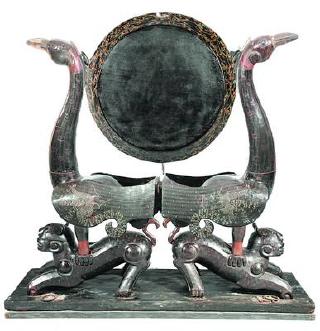Y-Haplogroup O-F793

Y-Haplogroup O-F793, ISOGG O2a1b1a1a1a1a1a1b1. With the change of Y Trees in recent years, F793 has had many names. The following results are all belong to F793.
- F793, the marked SNP
- O2a1b1a1a1a1a1a1b1, ISOGG 2019.2
- O2a1c1a1a1a1a1a1b, ISOGG 2017 / ISOGG 2018.5
- O2a1c1a1a1b, ISOGG 2016
- F1316, the marked SNP used in the past
- Oγ1a1a2, internal Y Tree of Fudan Univ.
O2a1c1a1a1a1a1a1b is the most commonly used name for many gene sequencing agencies, such as Wegene. Fudan, Yoogene and FTDNA use F1316 and Oγ1a1a2. 23andMe, 23mofang uses F793 directly. Somur uses O2a1c1a1a1b.